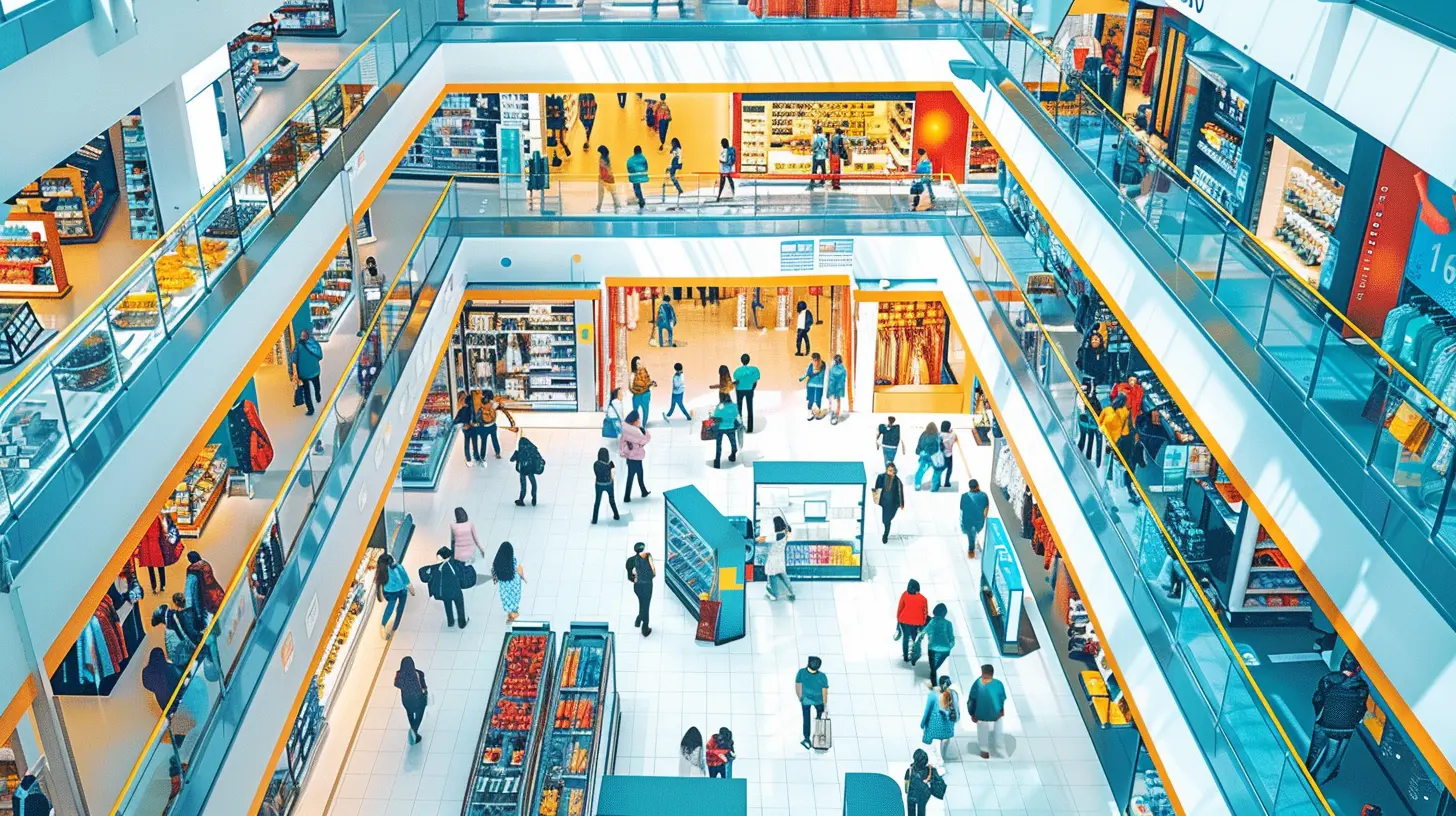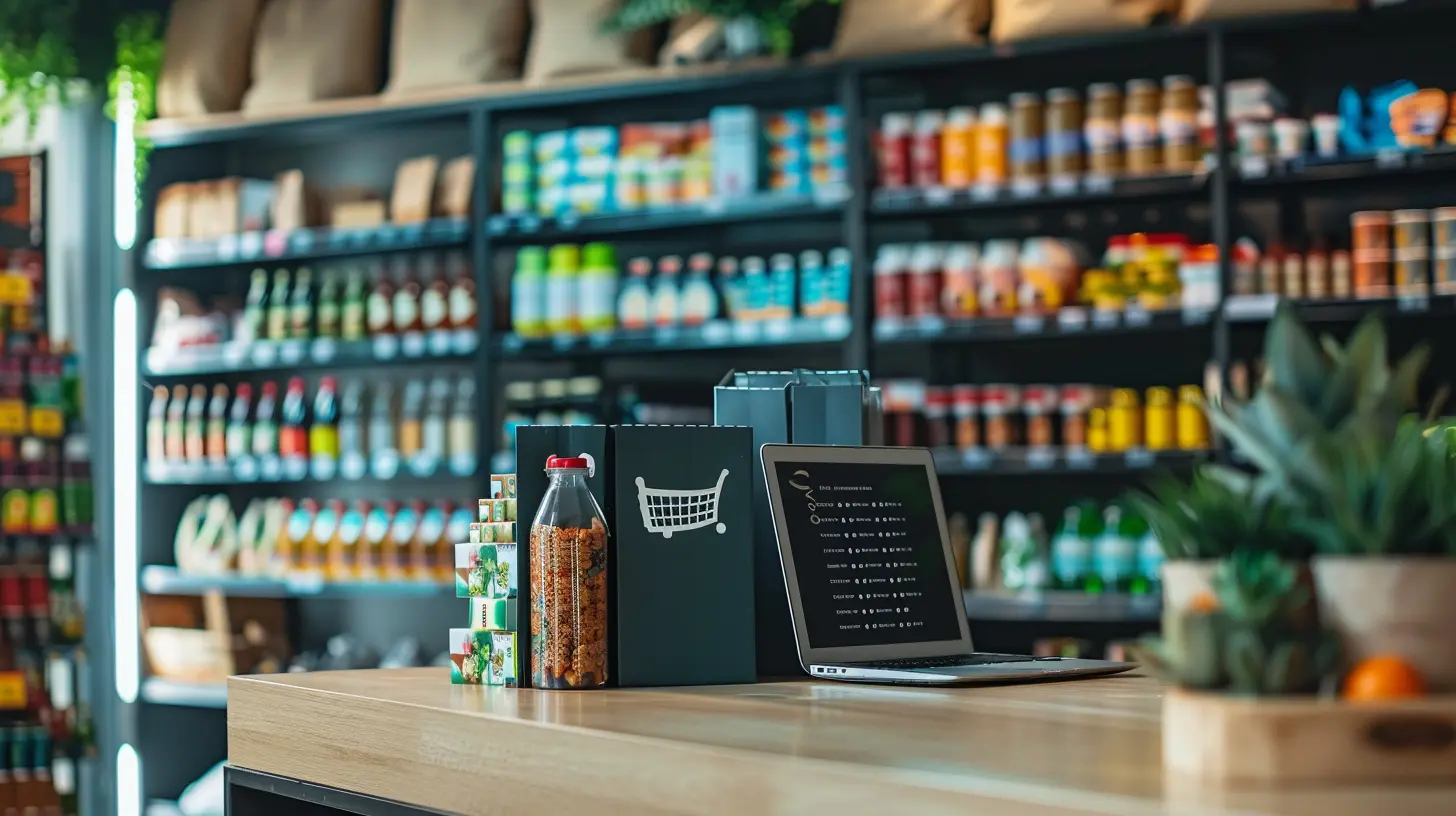The Role of Retail Analytics in Boosting Sales
15 August 2025
Imagine walking into your favorite store and instantly finding exactly what you didn’t even know you needed. That’s not magic — that’s retail analytics at work. In today’s ultra-competitive marketplace, simply opening your doors (digital or physical) isn’t enough. Retailers need to dig deeper, understand their shoppers, and anticipate their next move. So, how do they pull it off? Two words: retail analytics.
Let’s break this down and talk about how retail analytics isn’t just a fancy buzzword — it’s the rocket fuel behind modern sales growth.

What Is Retail Analytics Anyway?
At its core, retail analytics is the process of using data to guide decisions in the retail industry. This data is pulled from everywhere — sales transactions, customer behavior, inventory levels, marketing campaigns, loyalty programs, and more. Once crunched, it gives retailers valuable insights into what’s working, what’s not, and what’s next.But it’s not just about collecting data — it’s about turning that giant data soup into something meaningful. Something that can directly influence sales, customer retention, and the bottom line.
Why You Can’t Afford to Ignore It
Here’s the truth: retailers who ignore analytics are basically flying blind. Sure, gut instinct worked wonders for corner stores in the '60s, but today's world moves too fast for guesswork. Consumer preferences shift in real-time, competitors get smarter by the day, and one bad assumption can send your revenue down a rabbit hole.Retail analytics turns on the lights.

Types of Retail Analytics and Their Sales Impact
There are several flavors of retail analytics, each playing a unique role in helping businesses sell smarter:1. Descriptive Analytics – The Rear-View Mirror
Descriptive analytics tells you what has happened. Think sales reports, foot traffic stats, or returns data. It’s like checking your rear-view mirror — useful for making sense of the past.Knowing which products sold like hotcakes last season helps predict what might work again. Or maybe you spot slower sales on certain days — time to adjust staff schedules or offer mid-week promos. This type of analysis helps lay the foundation for all the other analytics we’re about to discuss.
2. Diagnostic Analytics – Playing Retail Detective
So your sales dipped last quarter. But why? That’s where diagnostic analytics steps in. It connects the dots and tells you why things went the way they did.Let’s say return rates for a particular item skyrocketed. Maybe the product description was misleading. Or perhaps the issue lies in the delivery experience. With diagnostic tools, you can pinpoint the root cause — and fix it before it eats into your profit.
3. Predictive Analytics – The Crystal Ball
Wouldn’t it be amazing to know what your customers want before they do? Predictive analytics makes that possible. It uses historical data and machine learning to forecast future trends.Retailers can use this to stock up on seasonal bestsellers before the competition. Or maybe plan personalized promotions that hit right when customers are most likely to purchase. That’s smarter marketing, less waste, and (you guessed it) more sales.
4. Prescriptive Analytics – The Game Plan
Prescriptive analytics takes things a step further. Instead of just telling you what's likely to happen, it recommends actions to impact that outcome. It’s like having a virtual business coach whispering in your ear, “Try this next.”Say you’re unsure whether to offer a discount or bundle products. Prescriptive models can simulate both strategies and show you which would bring better results based on your historical data and current market conditions.

Data-Driven Decisions: A Game-Changer for Retail
Retail used to be all about location, location, location. Now? It’s data, data, data. Retail analytics empowers decision-makers across the organization, from marketing to supply chain, with the facts they need to act wisely.Smarter Inventory Management
Too much stock? That eats into your storage costs. Too little? Customers walk away empty-handed. Retail analytics helps you strike the perfect balance.By tracking sales patterns and customer preferences, retailers can stock what’s in demand and avoid dead inventory. It also reduces markdowns, increases full-price sales, and keeps the supply chain humming along beautifully.
Personalized Customer Experiences
If you’ve ever received an email with product recommendations that just “get you” — that’s analytics at work. Retailers aren’t just guessing anymore; they’re tailoring their approach based on real-time insights.By analyzing customer behaviors, preferences, and purchase history, companies can send the right message to the right person at the right time. That boosts engagement, loyalty, and — surprise — sales.
Dynamic Pricing Strategies
Pricing isn’t one-size-fits-all. With the help of retail analytics, businesses can implement dynamic pricing strategies that adjust based on demand, competition, and even time of day.This ensures shoppers get competitive prices while maximizing retailer margins. Think about how Amazon changes prices hundreds of times a day. That’s analytics in action — and it works.
Omnichannel Optimization
In today’s retail world, customers bounce between channels faster than ever. They might research online, try in-store, and buy via mobile. Retail analytics helps create a seamless experience no matter where your customer is shopping.By integrating data across platforms, retailers can understand the full customer journey and fine-tune each touchpoint to make it more frictionless and effective.

Real-World Examples: How Brands Are Winning With Analytics
Let’s put theory into practice with a few examples of retail analytics paying off big time:Walmart – Inventory Intelligence on Steroids
Walmart uses predictive analytics to manage its mind-blowing inventory. With millions of products across thousands of stores, they leverage data from POS systems, weather forecasts, and social media to predict demand accurately. This helps reduce stockouts and overstock issues, directly impacting sales.Starbucks – Predicting Your Caffeine Cravings
Starbucks isn’t just about coffee; it’s about consistency and personalization. They analyze purchase history, time of day, and even location to send personalized offers via their app. This personalization boosts customer loyalty and increases per-visit spending.Sephora – Data Meets Beauty
Sephora uses analytics to understand customer preferences across its digital and physical stores. They track product interactions, reviews, and buying behavior to tailor product recommendations and enhance their loyalty program — leading to more frequent purchases and sky-high customer retention.Common Pitfalls in Retail Analytics (And How to Avoid Them)
Before you go all-in on retail analytics, let’s talk about some bumps in the road:1. Drowning in Data
More data isn’t always better if you’re not sure what to do with it. Many retailers collect data without a strategy in place. Focus on the metrics that matter: sales conversions, cart abandonment rates, customer lifetime value, and so on.2. Ignoring the Human Element
Data can tell you a lot, but it doesn’t replace intuition. Use analytics to back up your instincts — not replace them. Remember, human behavior isn’t always logical, and outliers still matter.3. Poor Integration Across Channels
Your POS, eCommerce platform, social media ads, and loyalty program should all speak the same language. Retail analytics only works well when data silos are broken down and platforms are integrated for a full-picture view.4. Inadequate Training
Having the best analytics platform is useless if your team doesn’t know how to use it. Make sure your staff is trained to interpret the data and take action — or you’re sitting in a Ferrari without a driver's license.
How to Get Started With Retail Analytics
Ready to dive into the world of retail analytics? Here’s a simple roadmap:Step 1: Clarify Your Goals
Start with the end in mind. Do you want to boost same-store sales? Reduce returns? Improve customer retention? Your goals will shape your analytics strategy.Step 2: Choose the Right Tools
There are plenty of retail analytics platforms out there — from Google Analytics for eCommerce websites to all-in-one suites like SAS or SAP for enterprise retailers. Pick tools that align with your size, budget, and goals.Step 3: Collect Clean Data
Garbage in, garbage out. Make sure your data sources are reliable and your inputs are accurate. Clean data is the foundation of solid insights.Step 4: Analyze, Act, Adjust
Look at key metrics, spot trends, and test your assumptions. Analytics isn’t a one-and-done thing. It’s a loop: analyze, act, and adjust based on real-world feedback.The Future of Retail Analytics
Looking ahead, we’re going to see even more innovation in this space. AI and machine learning are already transforming how data is processed and interpreted, leading to more precise predictions and even real-time decision-making.As wearable tech, IoT devices, and augmented reality gain traction, retailers will have even more touchpoints to collect data and deliver personalized experiences.
The winners in retail won’t be the ones with the most stores or the flashiest ads. They’ll be the ones who know their customers inside and out — and retail analytics is the key to unlocking that knowledge.
Wrapping It Up
At the end of the day, retail analytics isn't just about numbers. It's about knowing your customer, making smarter moves, and ultimately boosting your sales without burning the candle at both ends.So whether you’re running an online boutique or managing a chain of big-box stores — tapping into the power of data is no longer optional. It’s essential. Because in the modern retail game, those who read the data, read the customers. And those who read the customers… win.
all images in this post were generated using AI tools
Category:
RetailAuthor:

Miley Velez
Discussion
rate this article
1 comments
Yvonne Henson
Great insights on how retail analytics drive sales! Leveraging data effectively can enhance customer understanding, optimize inventory, and improve marketing strategies. It's essential for businesses to embrace analytics to stay competitive in today's market.
August 24, 2025 at 3:38 AM

Miley Velez
Thank you for your insightful comment! I'm glad you found the article helpful. Embracing retail analytics is indeed crucial for staying competitive and driving sales.


